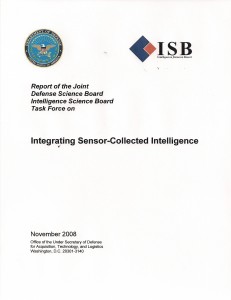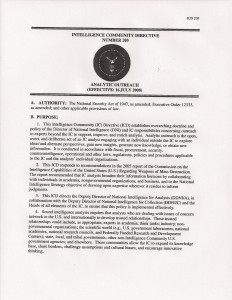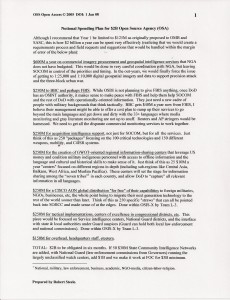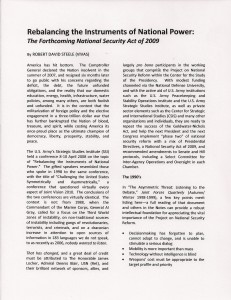There are five bottom-lines on remote sensors, this report addresses four of them:
1. Managing sensors together adds value that cannot be achieved from advances in technology.
2. Meta-tagging the data at source (something we recommended in 1988) enables a huge jump in both sensor processing and inter-sensor sense-making.
3. All satellites are vulnerable to laser attacks generally, Chinese attacks specifically.
4. Close-in matters more as hard targets get harder, deepeer, and more nuanced.
The report does not appear to address the complete lack of “full spectrum” processing. We excel at “one of” multi-media integration efforts, we still cannot integrate all information in all mediums all the time, and especially not in near-real-time.







